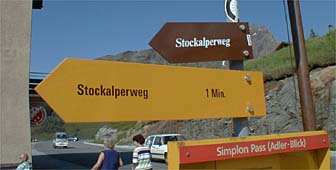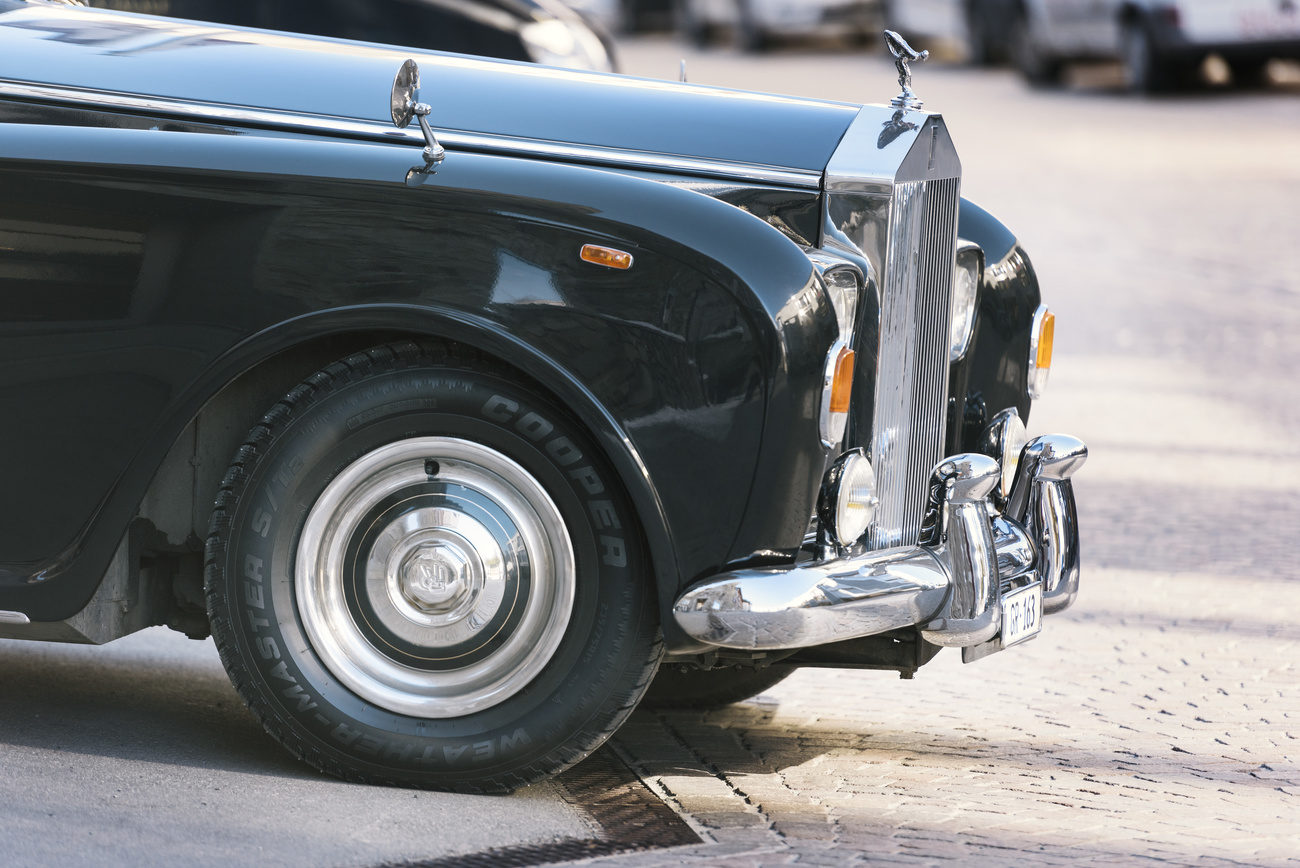On the ancestral trail

The renewed interest in the St James' pilgrimage trails has sparked efforts to restore former trading and pilgrimage routes between Switzerland and Italy.
The transalpine footpaths and mule trails leading from the north side of the Alps into Italy were once the only way south.
Various groups in the Bernese Oberland, cantons Valais and Ticino and in Italy’s Piedmont region have joined together to save the historical trails. They say the trails provide important clues about the way people lived in Roman times, and through the Middle Ages, when these routes were regularly used by traders, scholars, mercenaries, charlatans, as well as pilgrims and members of the clergy.
The organisers are giving top priority to saving the series of paths connecting Meiringen in the Bernese Oberland to Domodossola in Piedmont. They climb over various passes leading into canton Valais and stretch as far east as Ticino and west to Val d’Anniviers in Valais before descending into northern Italy.
A large part of the route over the Simplon Pass, one of Europe’s most important trading routes in the Middle Ages, has already been restored. The “Stockalperweg” pays homage to Kaspar Jodok von Stockalper, who controlled the important salt trade over the pass in the 17th century. The Stockalper castle in Brig below the pass is an imposing monument to his dominance, and historical buildings lining the route have been transformed into museums.
A guidebook about the historical trails is due to be published next year. They will be marked with new signs and sign boards providing historical facts and anecdotes. Biologists have also put together a guide to the natural attractions found along the way.
The organisers say the various areas connected by the routes are exceptionally rich in cultural relics and the people living there today have managed to keep their ancestors’ traditions alive. And, they say, the culture and traditions are surprisingly similar, whether in the Bernese Oberland or a hundred kilometres away in northern Italy.
by Dale Bechtel

In compliance with the JTI standards
More: SWI swissinfo.ch certified by the Journalism Trust Initiative










You can find an overview of ongoing debates with our journalists here . Please join us!
If you want to start a conversation about a topic raised in this article or want to report factual errors, email us at english@swissinfo.ch.